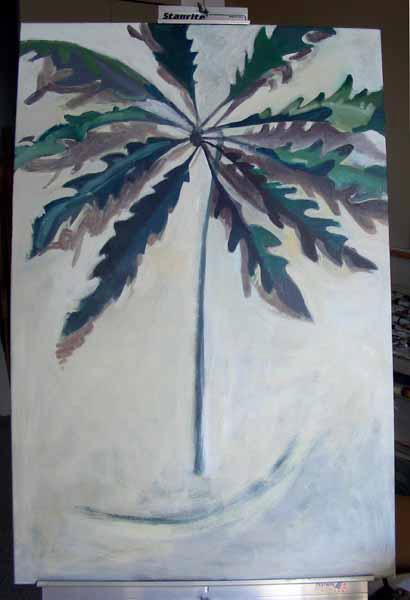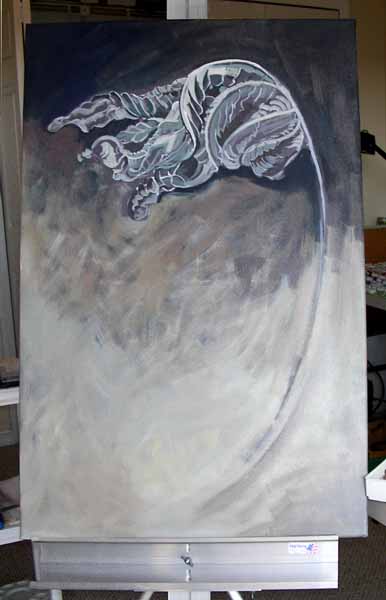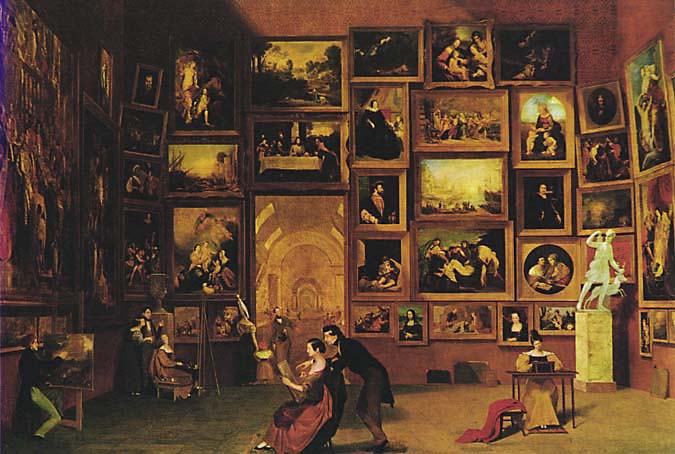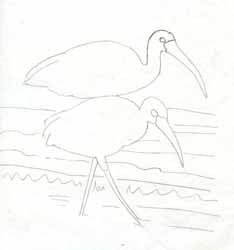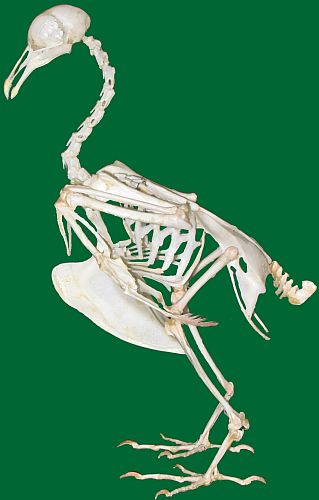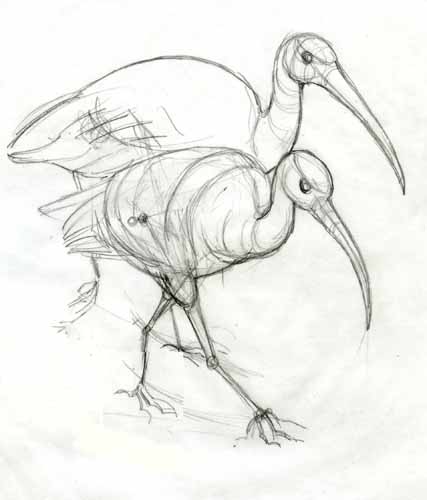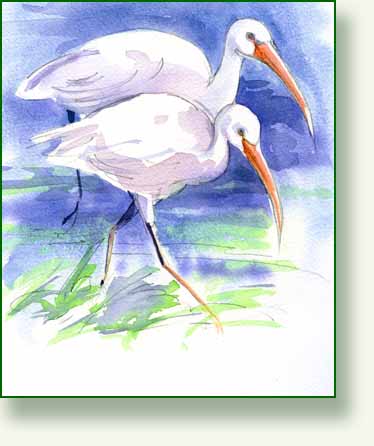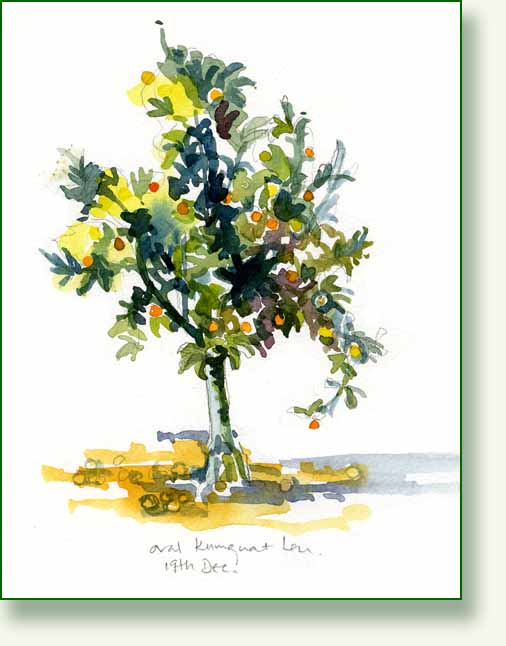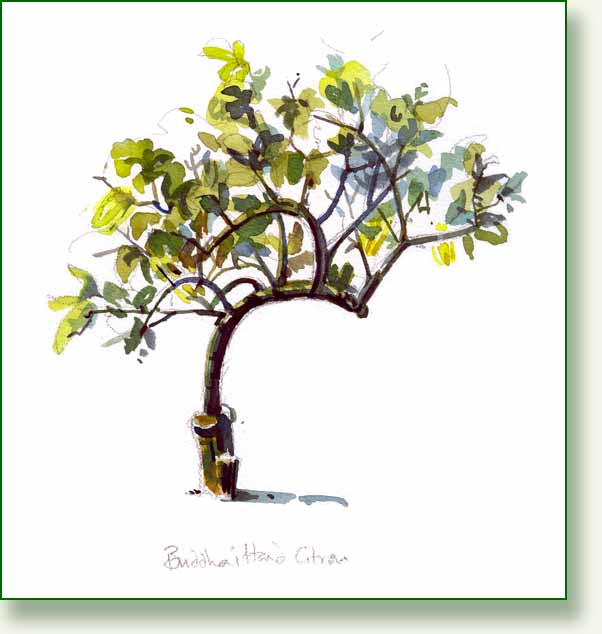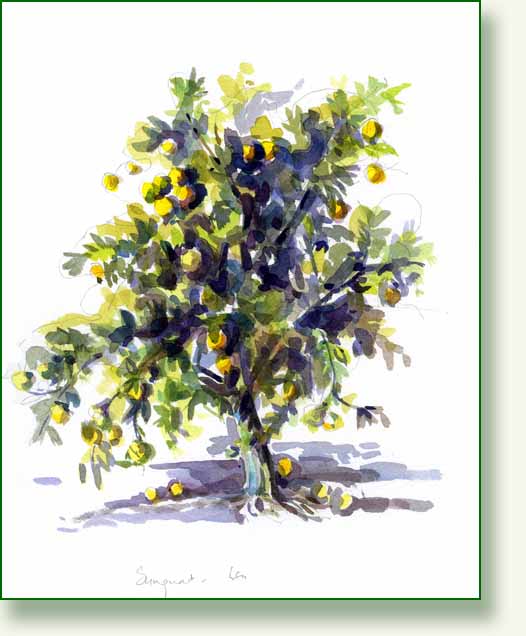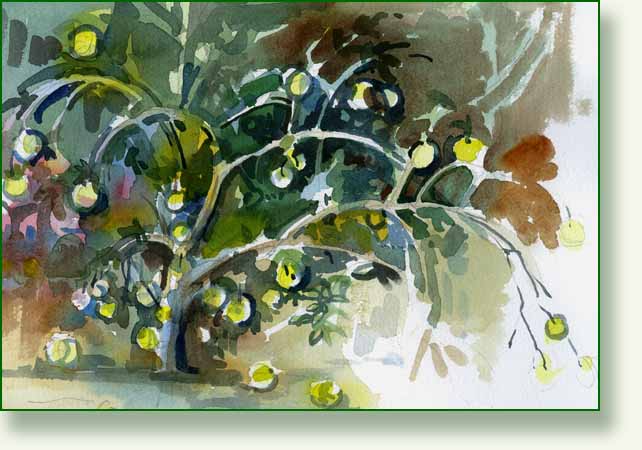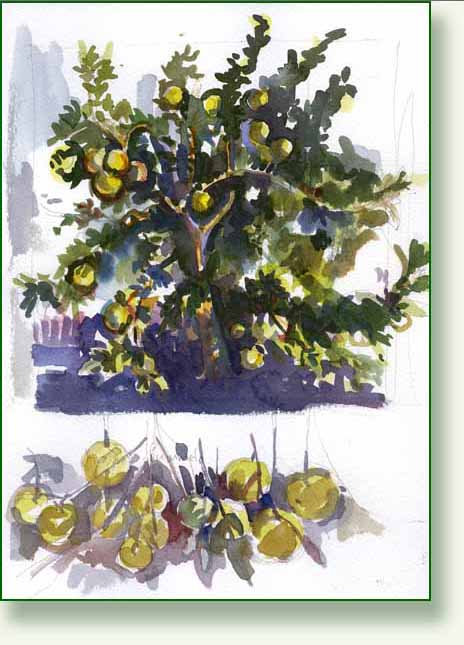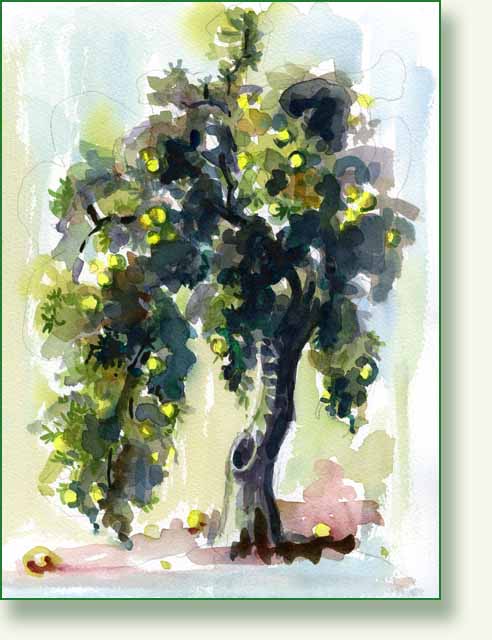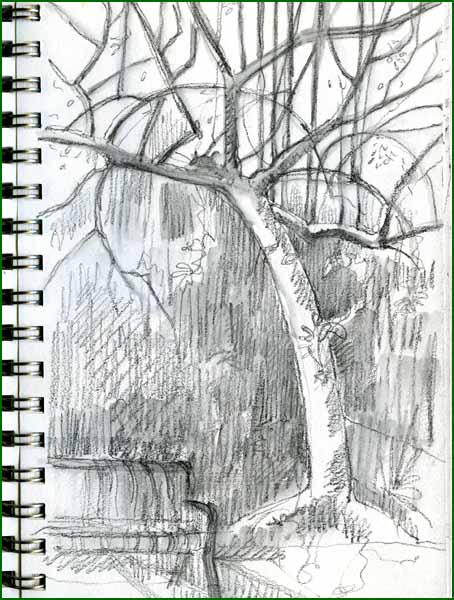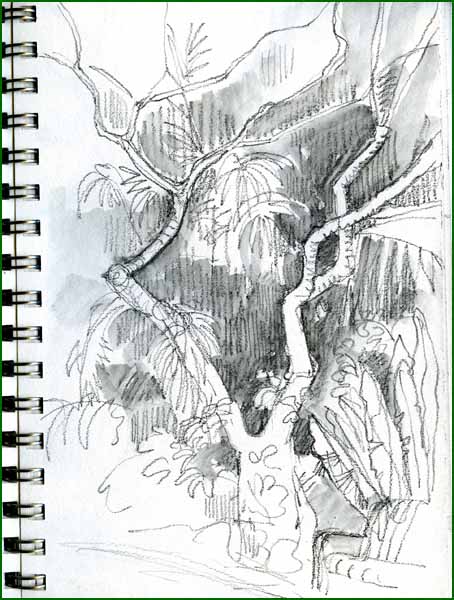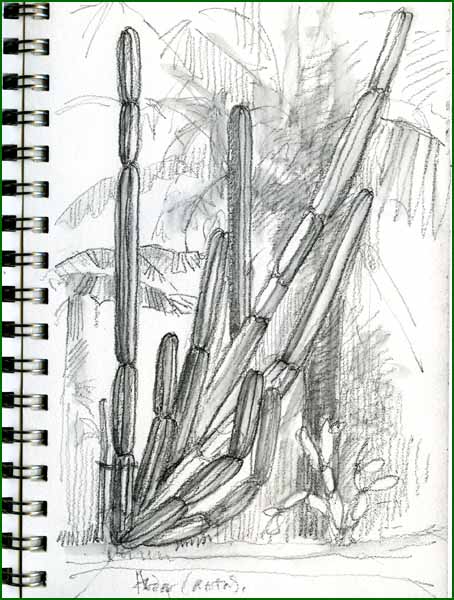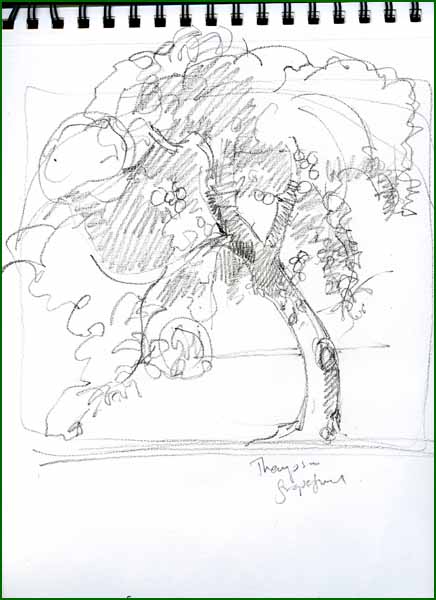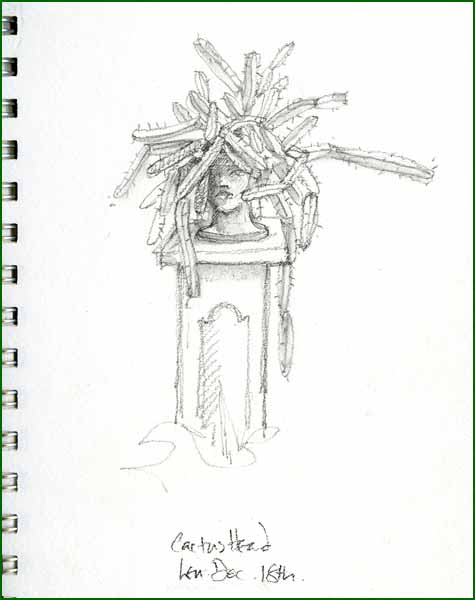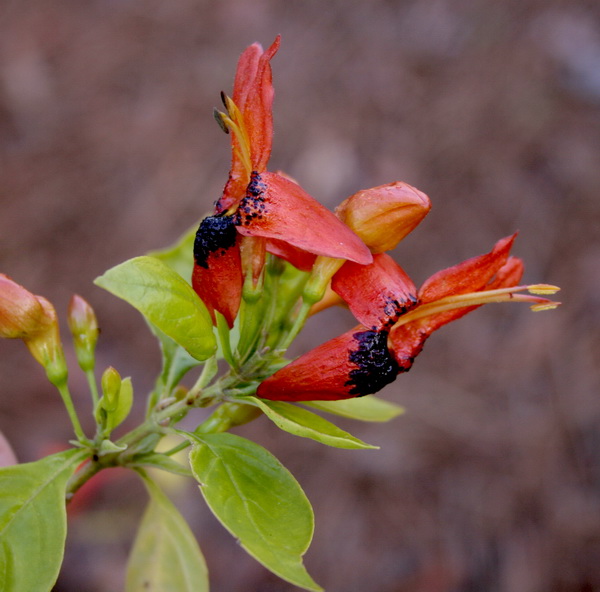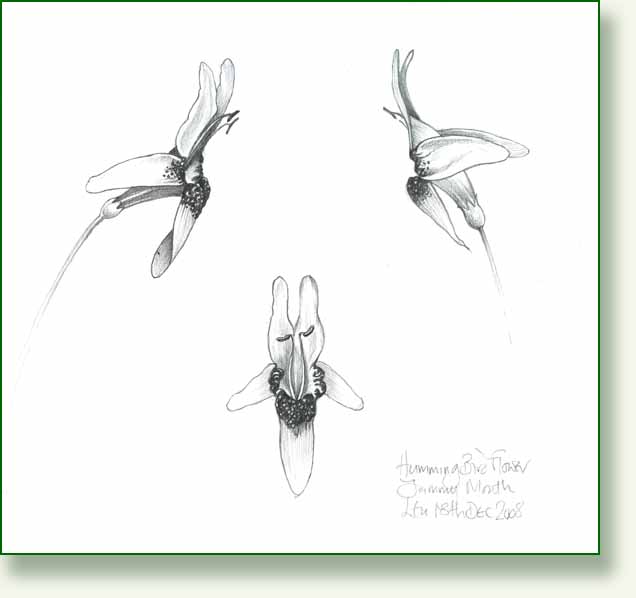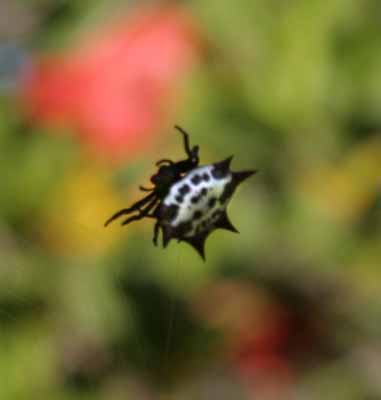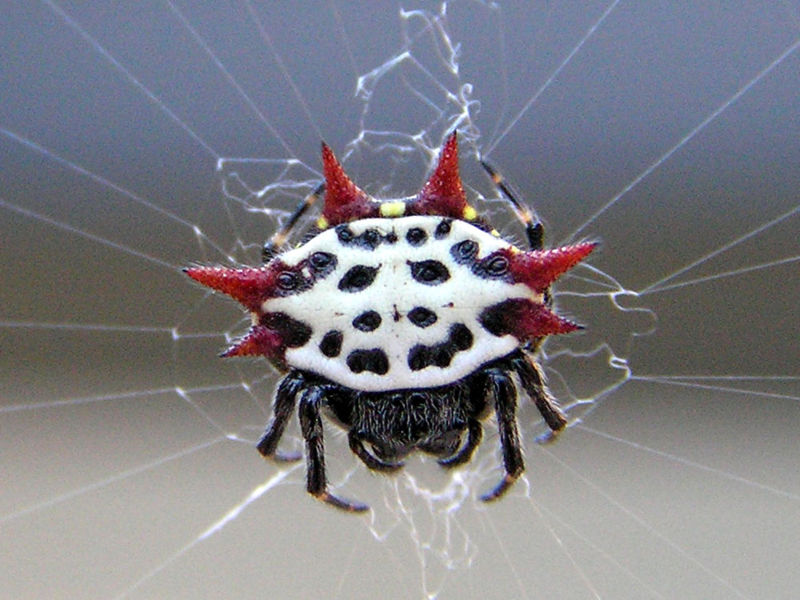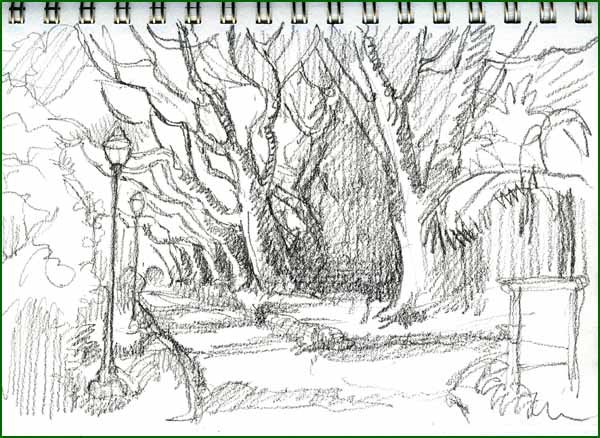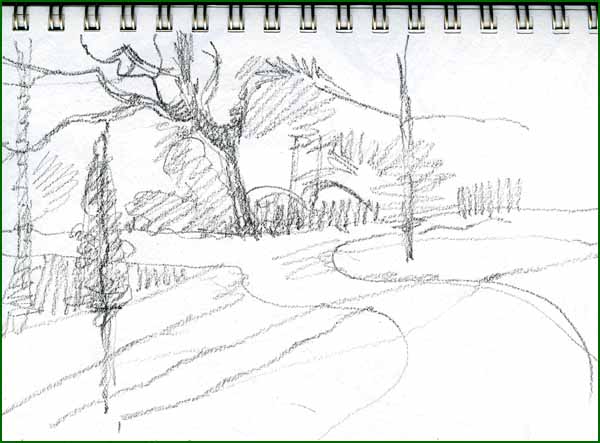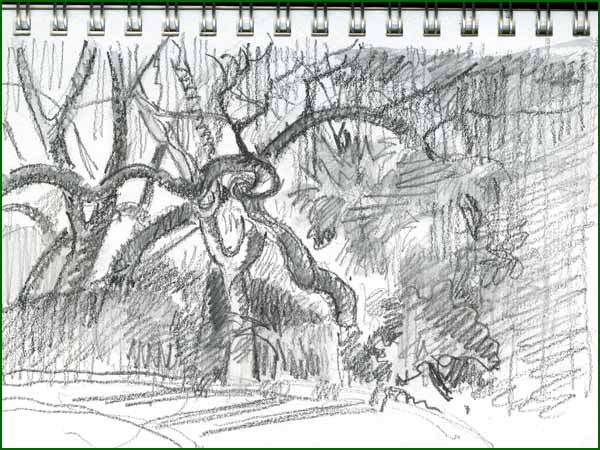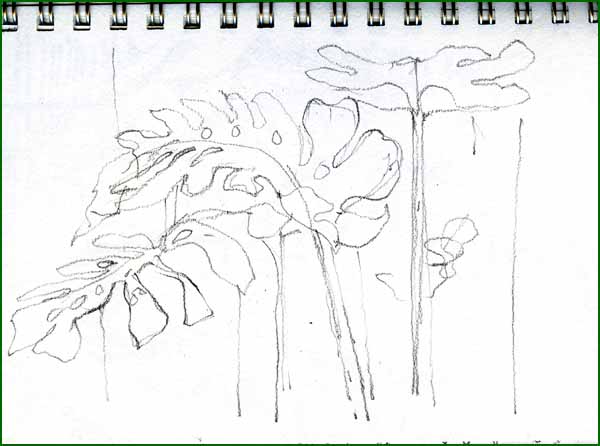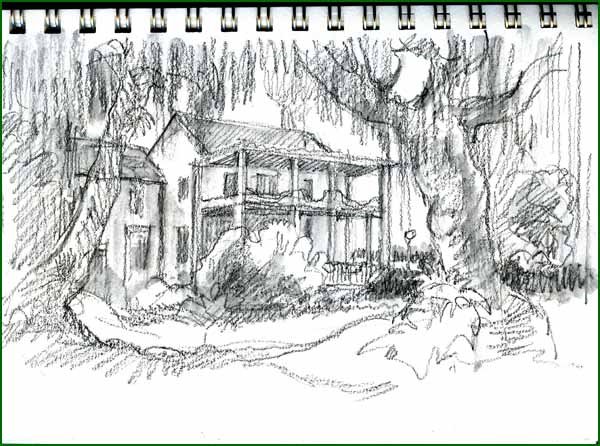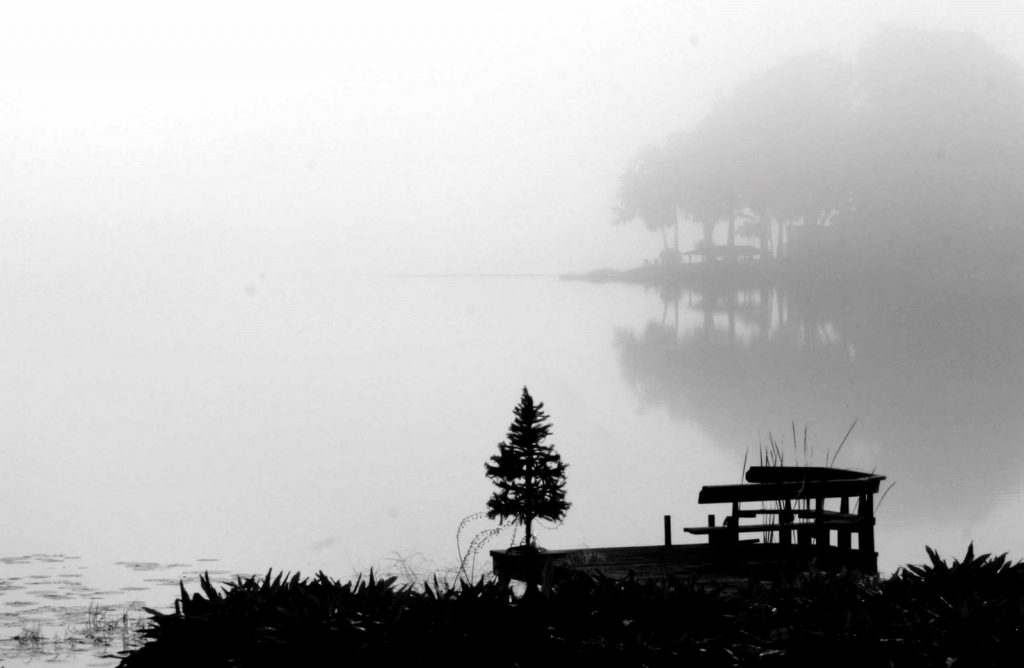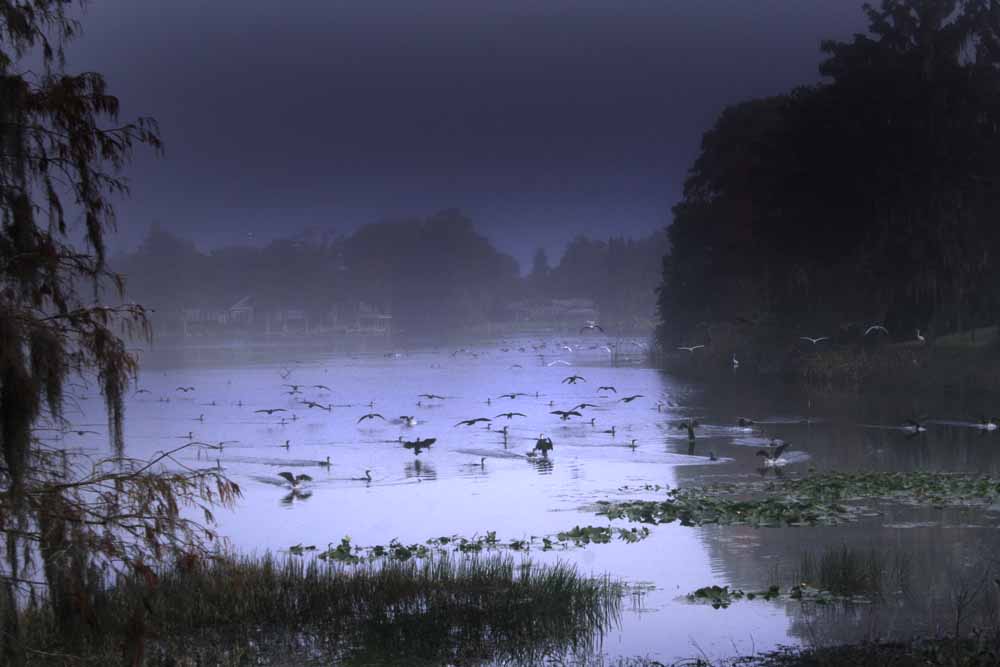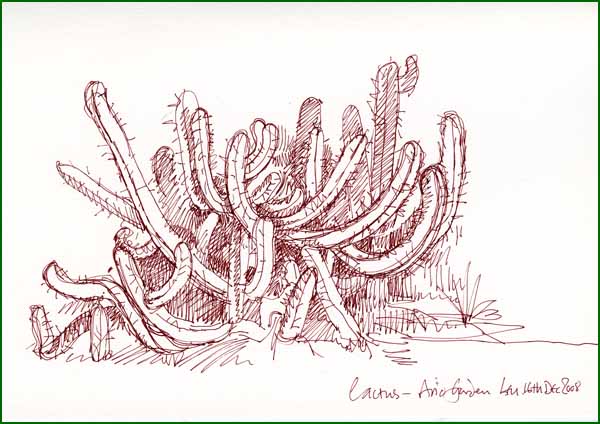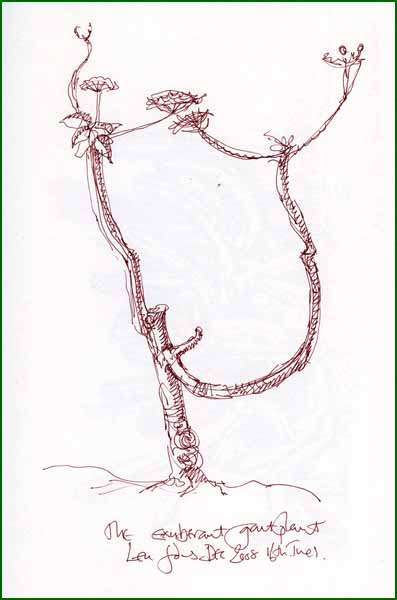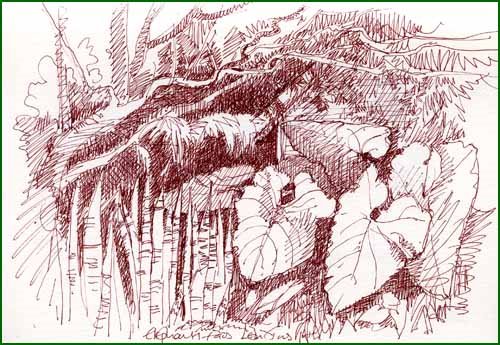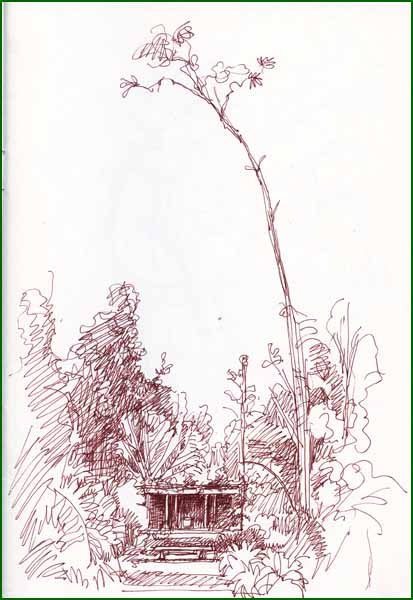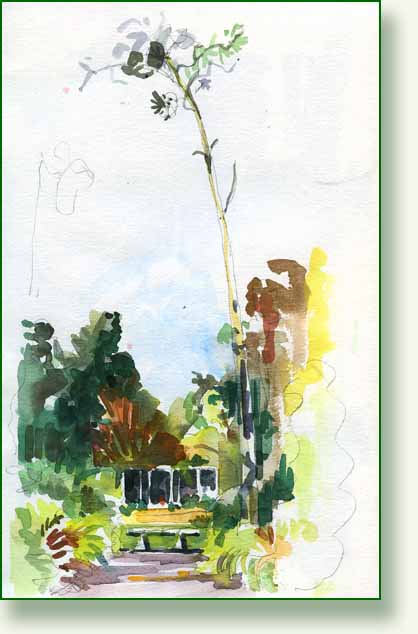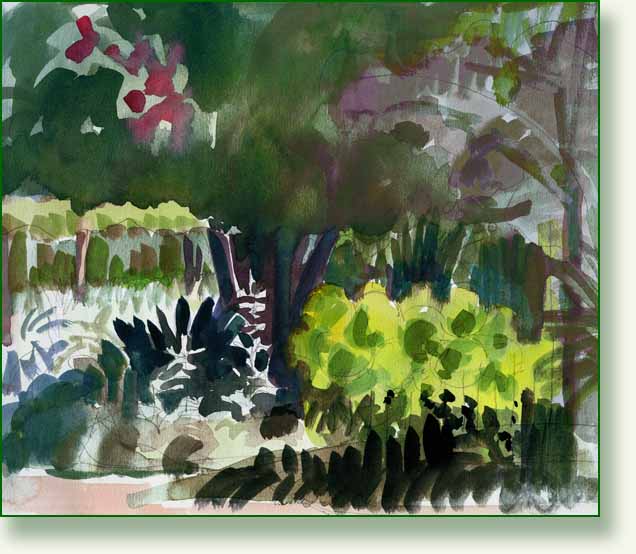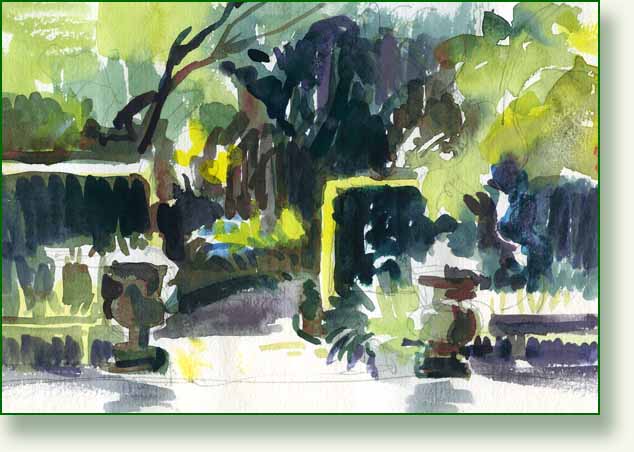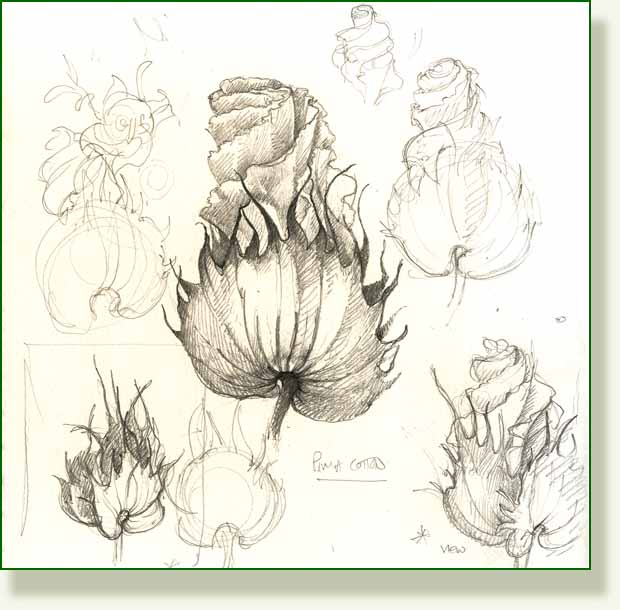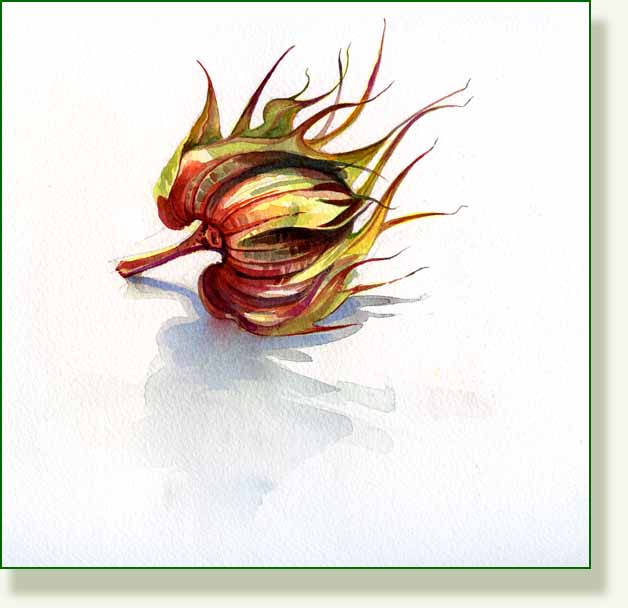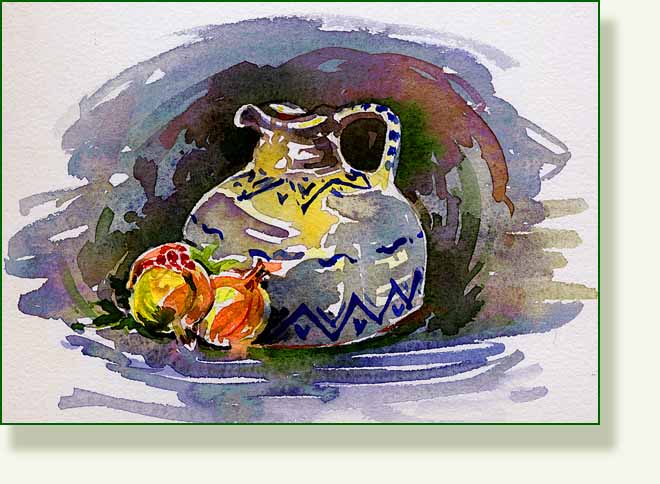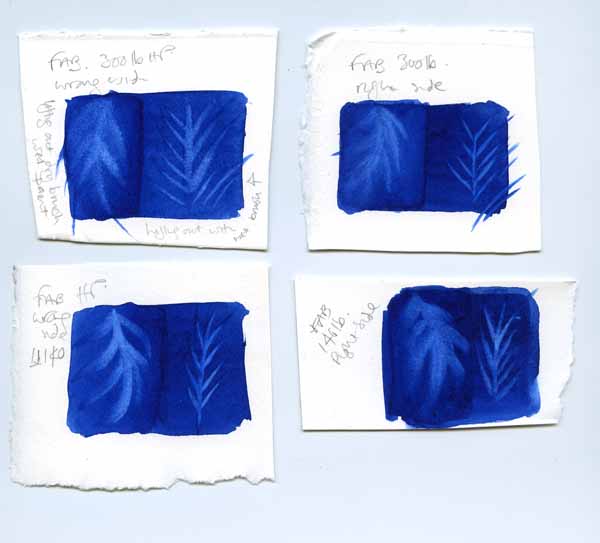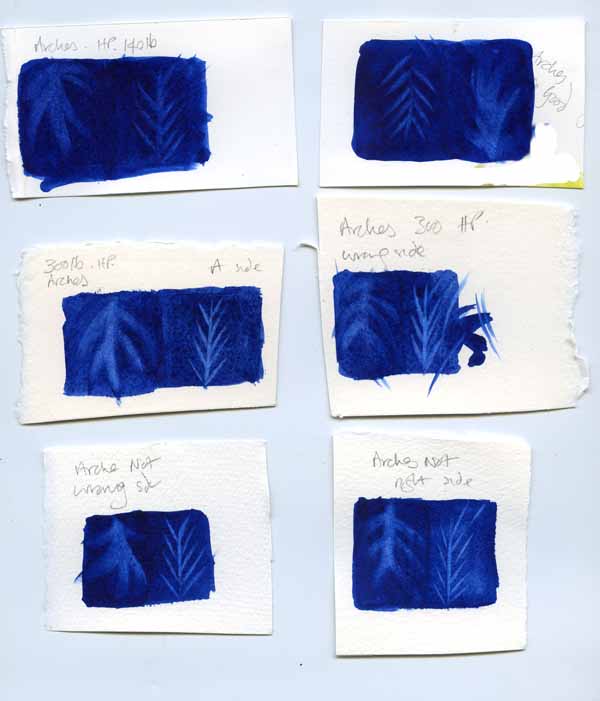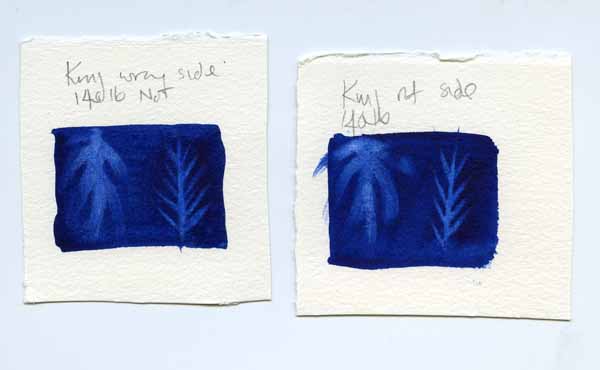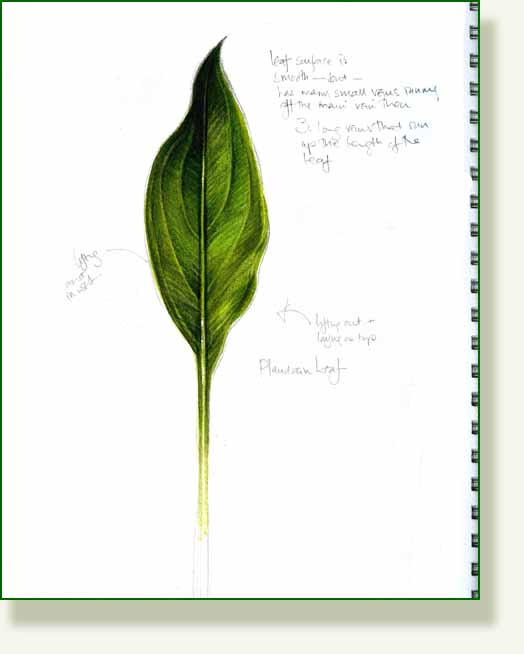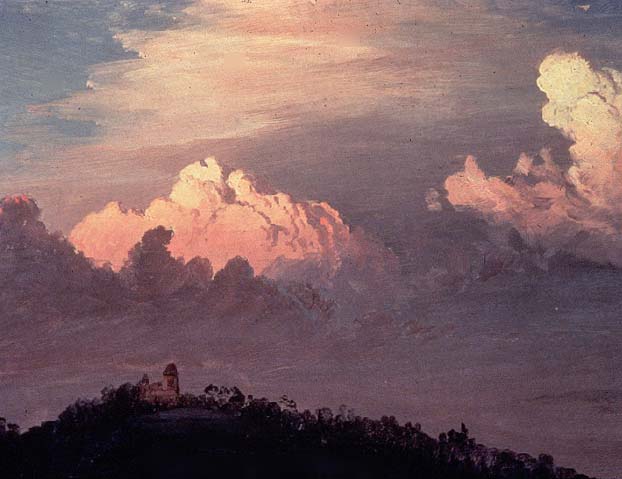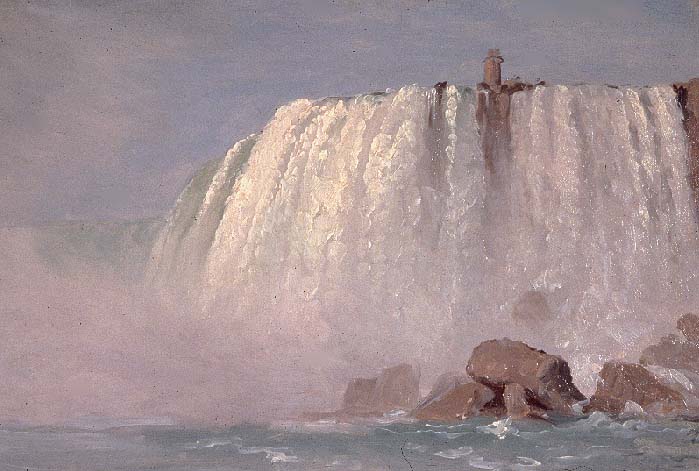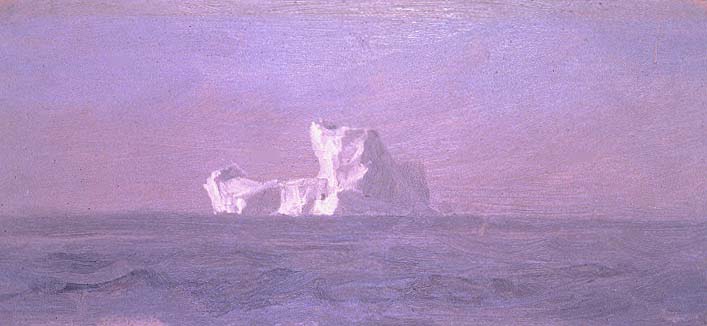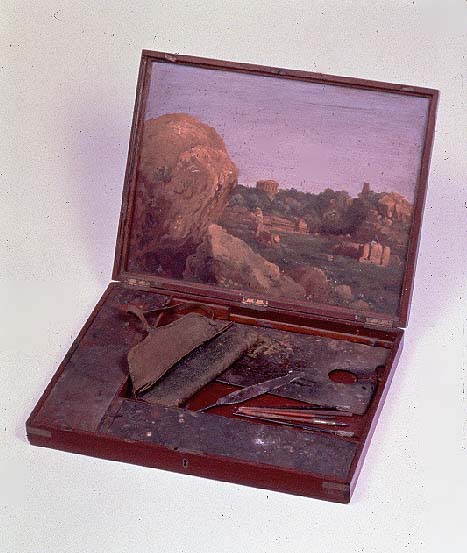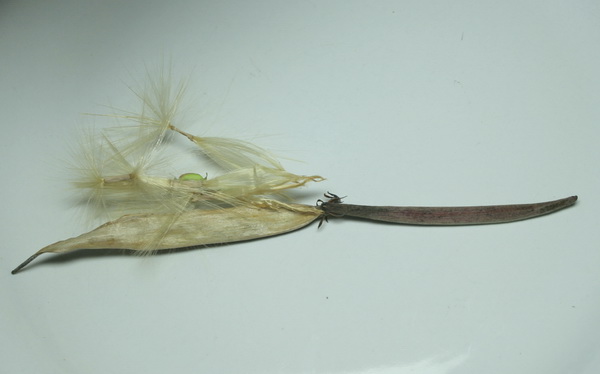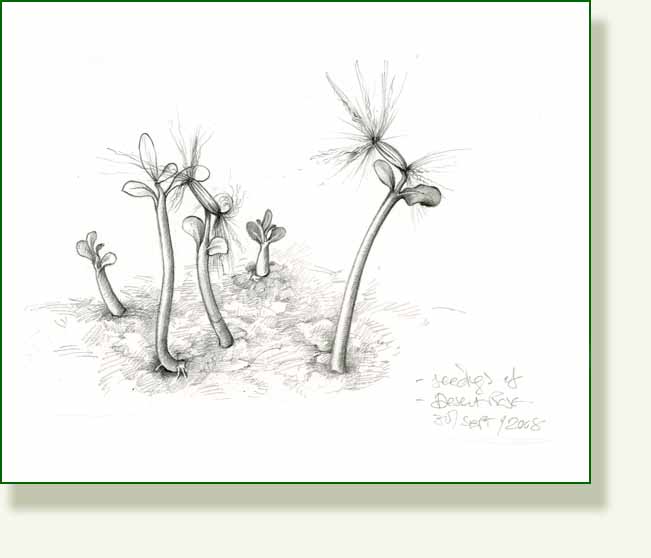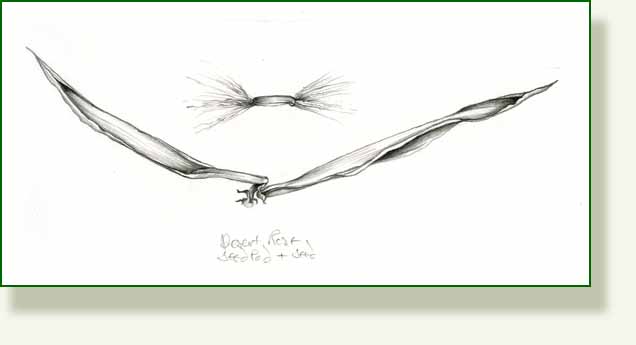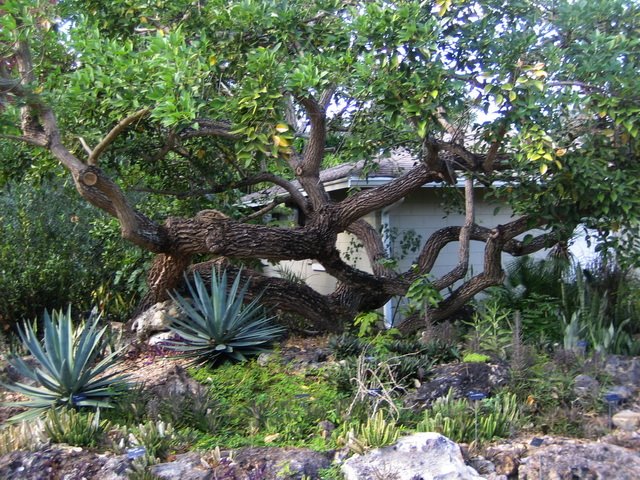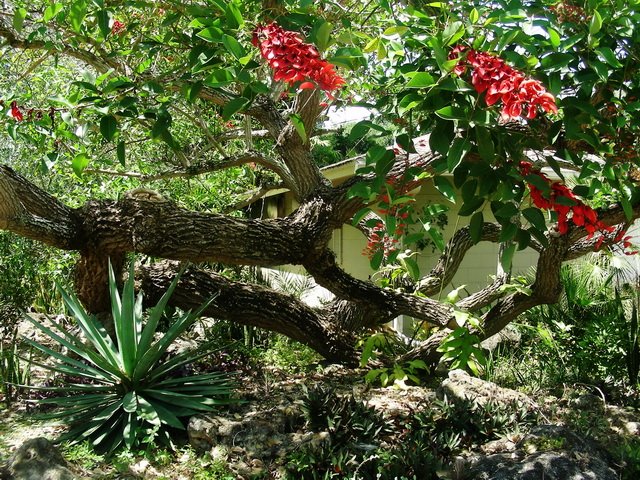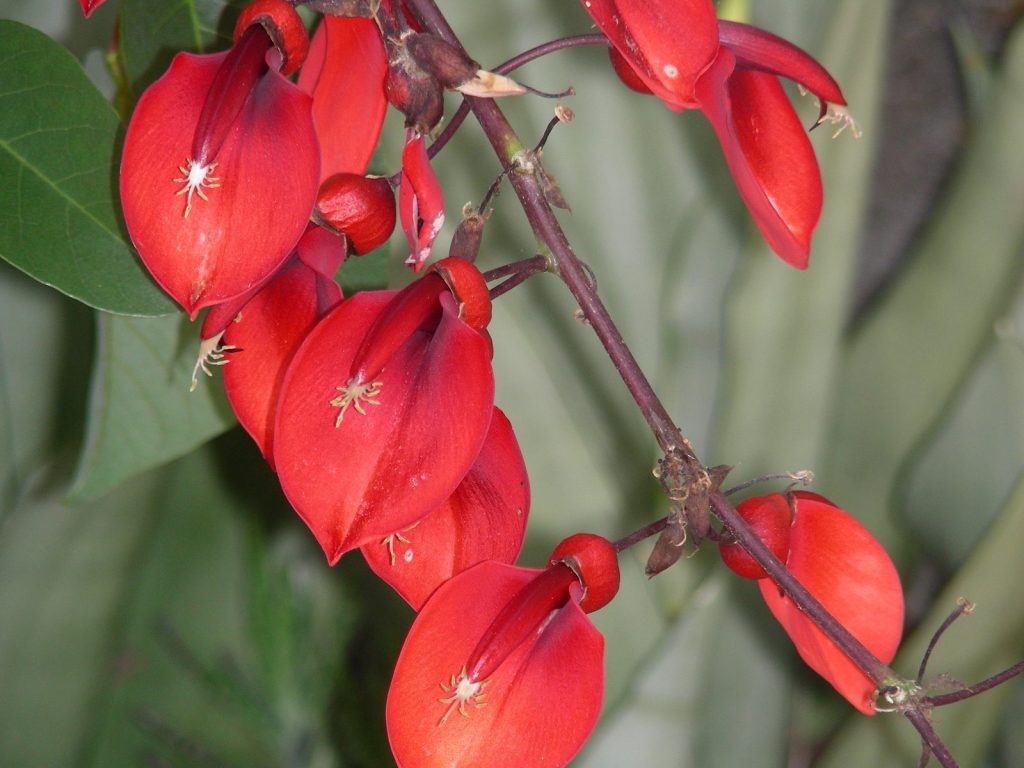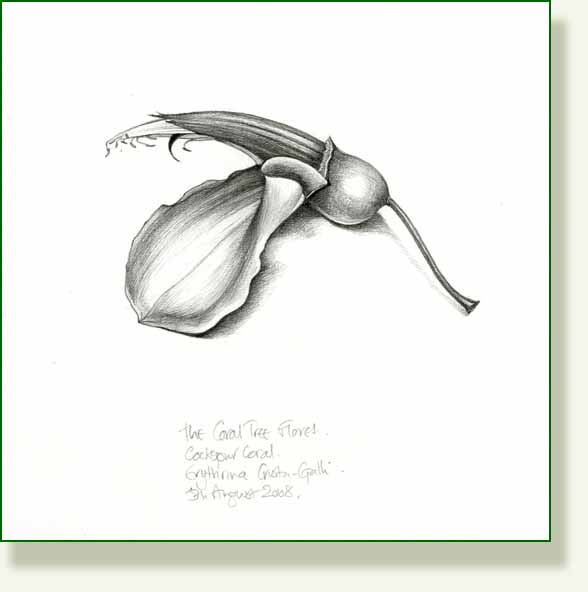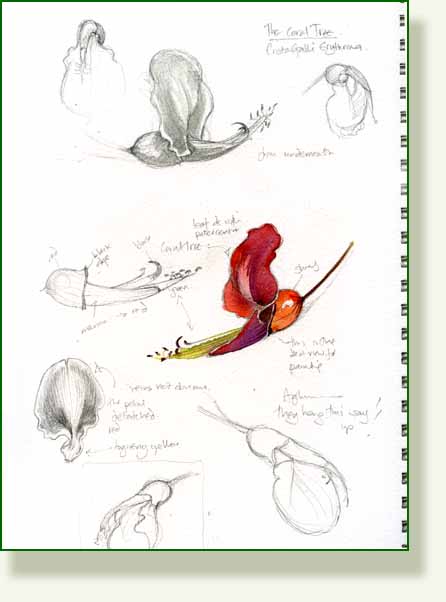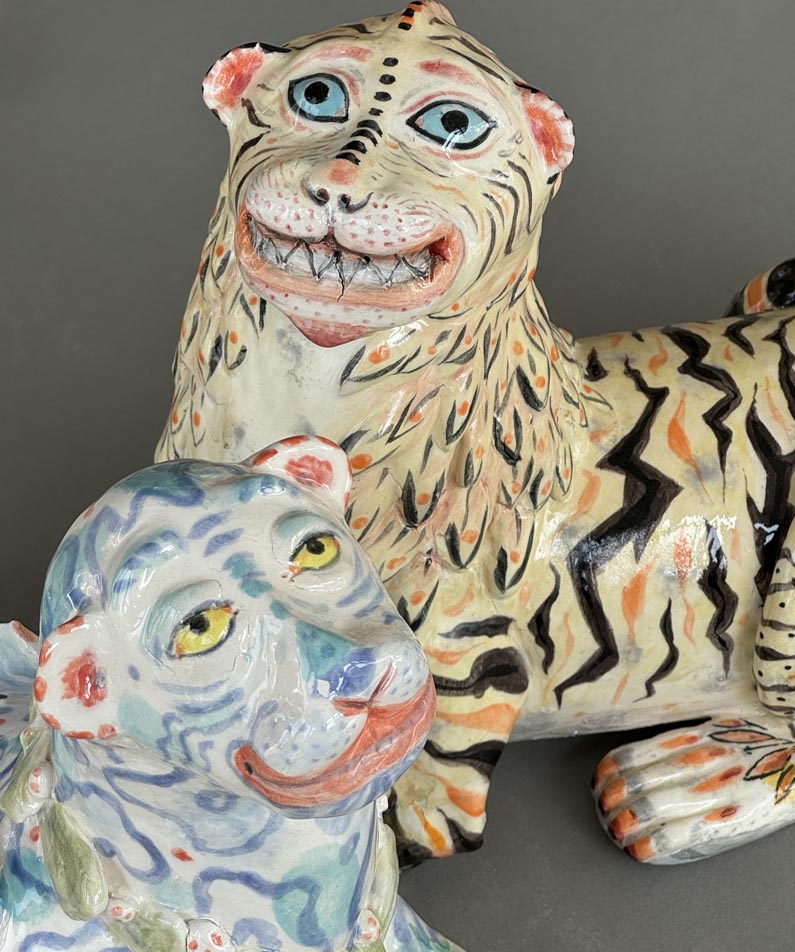Today, prompted by a question from Sree and something that always comes up when I am teaching, I have been thinking about the use of photographs and copying.
I have not had to use photographs for the drawings so far, but now I am working on these bigger pieces, and want to include some wildlife and have a deadline looming I will be using some photographic help. So for my own sake I thought that I would just try to clarify exactly how I see the role of photographs as a creative tool.
But firstly some moral thoughts on Plagiarism and Stealing.
Copying Photographs
The first most obvious, no brainer, in your face, fact is that if it isn’t your photograph and you are copying it without express permission, especially if you are intending to sell the work, you are committing a crime. You are stealing someone else’s work, their time, investment in equipment, compositional skills, eye for detail and lighting, hours of hard work which might have involved travelling to obscure parts of the world,etc etc. But worst of all, you are stealing their creativity.
Of course in every art class/group/college, private studio or kitchen table across the world there will be people doing just that. If, suddenly, all photographs disappeared so I think would 90% of the artists.
As a commercial illustrator it was neither acceptable nor professional to copy photos, and you can be sued. Photographers have sued artists in the past, successfully and quite rightly. But I have “used” many many photographs in the past. From sheer practicality, if asked to include the Taj Mahal in a piece of work with $50 fee and a 3 day deadline, it is impractical to take a trip to India. What I would do is find as many photos as I could, do some drawings, and make it my own interpretation. When realistic figurative illustration was fashionable for book covers and women’s magazine stories, some illustrators would hire professional photographers, models and costumes to get the correct poses. It cost money but saved time and was not going to initiate a law suit from an irate photographer.
Copying Other Peoples Work
It’s theft, morally indefensible, cheating and underhand to copy another artist’s work and claim it as your own.
Last year I attended two painting courses, one in the UK and one here in the USA, Both tutors cited examples of students on past courses who not only copied pieces of their work, but then showed them to the tutors, saying they would be entering the work for competitions, printing it or giving it to a friend as “their own work”. No malice or deception was intended because the student showed the work to the tutor but the insensitivity was quite unbelievable. They had not been creative, original or honest, which may seem a harsh judgement,but it needs to be said.
So when is it OK to use photographs or copy other people’s work? Some simple rules.
If it’s your photograph… Yes (but see below for pitfalls)
If you have permission from the photographer… Yes (there are sites such as www.wetcanvas.com which have a library of members photographs which can be used by artists.)
If you are copying a photograph as a learning exercise and not intending to sell it or display it as your own work … Yes.
If you are using photographic references as a research tool and will construct your own image from them …Yes
If you are copying someones else’s work to learn techniques …Yes
It’s how artists learnt in the past, art instruction books encourage you to copy step by step examples and I do it too. But if someone wanted to buy the work or you are showing in public, you should clearly say it was a copy.

You often see students in Art galleries copying from paintings (here in the Louvre, spot the Mona Lisa) to study technique colour, compositions etc.
If you are are an excellent professional forger, intend to run rings round the overblown pretentious art market and expose their underhand dealing methods, have a damn good lawyer and lot of nerve and it makes a good film…Yes.. (but not of course for personal gain .. that just would not be good form)
It’s really quite simple, if someone copied your work you would not be happy (no, it’s not flattering) so don’t copy someones else’s, be inspired, study techniques, composition, colour, lighting, from the work of others, then do your own thing, be creative, be original
Using Photos
Of course it’s OK to “copy” your own photos anytime but the pitfalls of using photos are legion. Photos distort, flatten, obscure and mislead. Probably the most disastrous use of photos is in figurative work where an artist has no knowledge of the human body or the skeleton, to be able to correct foreshortening or to understand what is happening in obscured shadow areas. For some reason, paintings of children on the beach seem to produce some of the worst problems. It would be very ungallant of me to cite examples because everyone paints for different reasons and some are beginners but you can see what I mean if you look on the Internet.
So to help avoid these problems here are some basic rules that need to be observed when working from photos, even if the work is to be very stylised or in cartoon form. Usually it is all about connecting hidden lines, i.e. making sure that arms do meet up with the body at the shoulder, hands that do at least look as if they have fighting chance of flexing at the joints.
It usually involves a bit of extra homework and observation which, OK, takes a bit of time but is well worth it. Too many beginners just won’t take this small learning step. Hands are always a problem for beginners and experienced artists alike, sometimes just pointing out that they generally have examples to study at the end of their arms seems to come as a complete surprise…
A very basic using photo demo..
Here is a blurry bad photo I snapped of two white ibis.
I am assuming this was the only photo I had of ibis and I absolutely had to use it and I have a half hour deadline. (I have had worse photos to work from, from pet owners..)

I would make 2 immediate decisions:
1. Not to try to make it detailed because I can’t see the details of the feathers etc…so it has to be a sketch.
2. To change the composition slightly.
Just a simple tracing of what I can see might give me this, which is unfortunate for many reasons! The front bird doesn’t appear have a neck!.. and the composition will look better if the birds are overlapping

To make them look more like birds I need to look at a skeleton of a bird,(quick Internet search found this, not an ibis but it helps)to try to understand more about the underlying structures.


from New world encyclopedia image Rick Swarts
I would then overlap the birds , pushing one into the background, and think of how they are walking, i.e. coming towards me at a slight angle… I would then re-draw them with this and the skeleton in mind.

Finally, redraw or trace onto watercolour paper and add some colour to the sketch.

A very simple sketchy sketch of two ibis.
One of my basic rules is, “if you can’t see it well or work it out properly from references .. leave it out”. ..Disguise it, use long grass, water, bushes, motion blur, clouds, mist, something else in front, crop it …etc etc. Nothing can look worse than an “accurate” painting where something has been unclear from a photograph and the artist has had to make it up. It’s so easy to get it wrong.
If I wanted to make a detailed painting of the ibis I would have to get much better references, spend some time watching them and ideally get up very close to a tame one or see a preserved skin… Controversial? Yes, and always a problem for realistic artists… your model dead or alive?
This maybe the next post.
